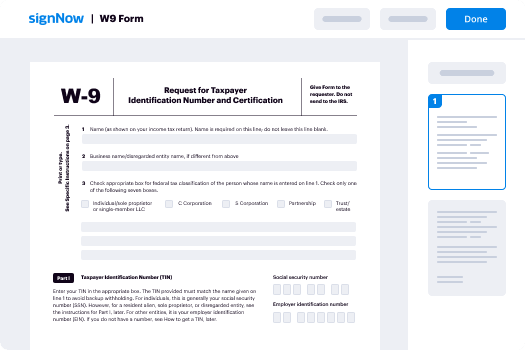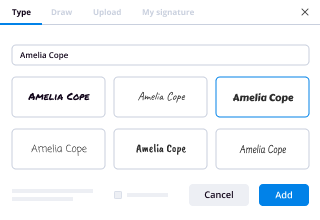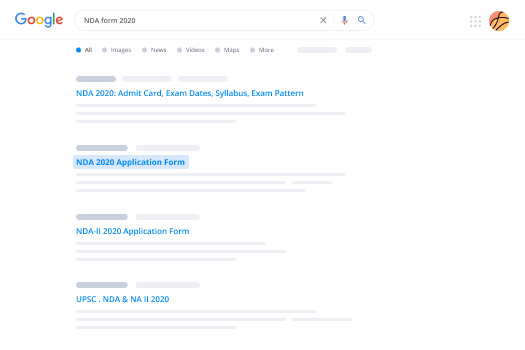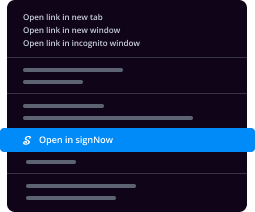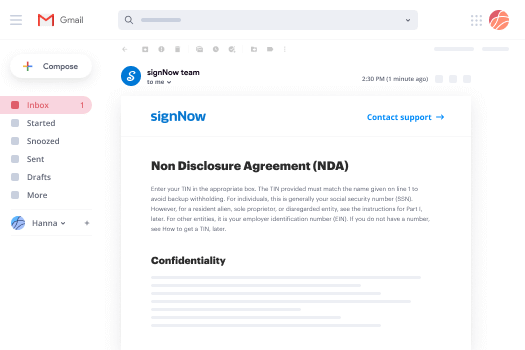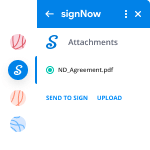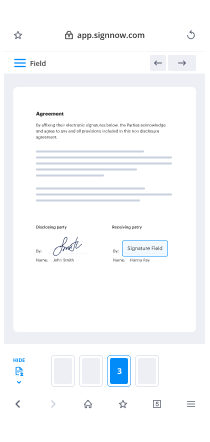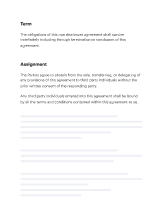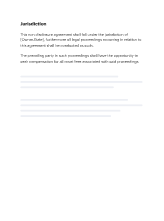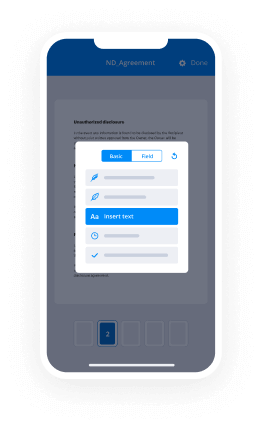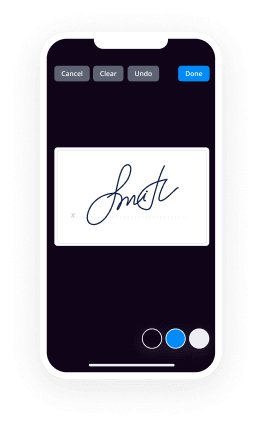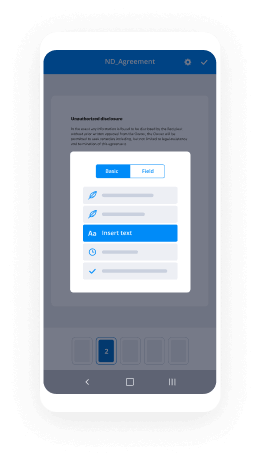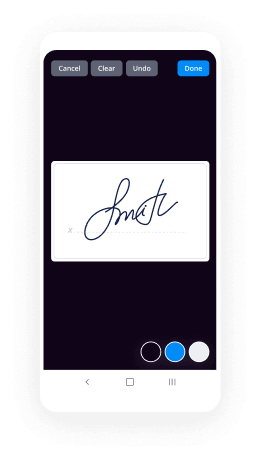Fill and Sign the Courtroom Form

Practical advice on finishing your ‘Courtroom’ online
Are you fed up with the inconvenience of handling paperwork? Look no further than airSlate SignNow, the premier electronic signature solution for individuals and organizations. Bid farewell to the tedious process of printing and scanning documents. With airSlate SignNow, you can effortlessly complete and sign forms online. Utilize the robust features embedded in this user-friendly and affordable platform and transform your document management approach. Whether you need to approve forms or collect electronic signatures, airSlate SignNow manages everything effortlessly, with just a few clicks.
Follow this comprehensive guide:
- Sign in to your account or initiate a free trial with our service.
- Click +Create to upload a document from your device, cloud, or our form collection.
- Access your ‘Courtroom’ in the editor.
- Select Me (Fill Out Now) to finalize the form on your end.
- Add and designate fillable fields for others (if necessary).
- Continue with the Send Invite settings to solicit eSignatures from others.
- Save, print your version, or convert it into a reusable template.
Don’t be concerned if you need to collaborate with your colleagues on your Courtroom or send it for notarization—our solution provides everything you need to complete such tasks. Register with airSlate SignNow today and take your document management to the next level!
FAQs
-
How can airSlate SignNow enhance documents used in a courtroom setting?
airSlate SignNow streamlines the process of managing documents in a courtroom by enabling secure electronic signatures and real-time collaboration. This ensures that all necessary documents are signed quickly, reducing delays in legal proceedings. Furthermore, our platform provides tools that facilitate easy access and organization of courtroom documents.
-
What features specific to courtroom use does airSlate SignNow offer?
airSlate SignNow includes features tailored for courtroom use such as customizable document templates, secure storage, and audit trails. These features ensure that all courtroom documents are compliant and easily retrievable. Additionally, the platform allows for seamless sharing, making it easier for legal teams to collaborate effectively.
-
Is airSlate SignNow cost-effective for courtroom document management?
Yes, airSlate SignNow provides a cost-effective solution for courtroom document management. With competitive pricing plans, it offers signNow savings compared to traditional paper-based processes. This affordability enables legal professionals to allocate more resources towards critical courtroom preparations.
-
Can airSlate SignNow integrate with other tools used in the courtroom?
Absolutely! airSlate SignNow integrates with various tools commonly used in the courtroom, such as case management systems and document storage platforms. This ensures that legal professionals can maintain a cohesive workflow without disruptions. The integrations help in centralizing all courtroom documentation for improved efficiency.
-
What benefits does airSlate SignNow provide for legal teams in the courtroom?
AirSlate SignNow offers numerous benefits for legal teams in the courtroom, including enhanced efficiency and reduced turnaround times for document signing. By digitizing the signing process, legal teams can focus more on case strategy rather than paperwork. Additionally, the platform's compliance features ensure that all courtroom documents adhere to legal standards.
-
How user-friendly is airSlate SignNow for courtroom professionals?
airSlate SignNow is designed with user-friendliness in mind, making it accessible for courtroom professionals with varying technological skills. The intuitive interface allows users to navigate quickly, ensuring a smooth experience when managing courtroom documents. This ease of use eliminates the learning curve associated with many legal technologies.
-
What security measures does airSlate SignNow have for courtroom documents?
Security of courtroom documents is paramount, and airSlate SignNow employs advanced encryption and authentication measures to protect sensitive information. These security protocols ensure that all documents remain confidential and secure during the signing process. Our platform also provides a comprehensive audit trail, enhancing transparency and accountability.
Related searches to courtroom form
The best way to complete and sign your courtroom form
Find out other courtroom form
- Close deals faster
- Improve productivity
- Delight customers
- Increase revenue
- Save time & money
- Reduce payment cycles

